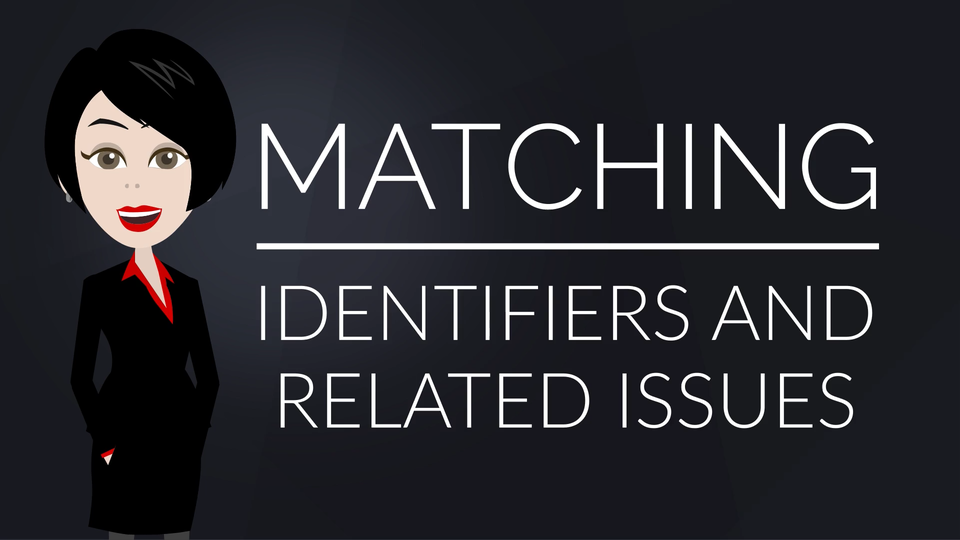Music Royalty Software - Matching
 Watch our video series about music royalty management.
Watch our video series about music royalty management.
We recommend reading this article before watching the video linked above, then the next video, then read the next article.
Music Royalty Software
Music Royalty Software is a misnomer, but this term is what people search more often than any of the alternatives. The reason why it is a misnomer is because processing royalties is just one part of a larger process. And at the core of this process is exchange of music metadata and, just as important, work and recording identifiers.
That part of the process is usually called registration, and is explained in detail, from different perspectives, in many of our videos and articles, most notably in this article. Here we'll cover it from the perspective of royalty management.
Most CMOs and DSPs send royalty statements with their work IDs, and some even with yours. For the former, it is important that you have their work IDs in your system, for the latter it is important that they have your IDs in their system. Ideally, you want both.
In this way, it is possible to fully automate matching records from royalty statements with works in your database. Alternative is manual matching, by humans, which is expensive and time-consuming.
This matching is an absolute prerequisite for the next step in royalty processing: Calculations.
Delivering your work IDs
If you register manually, then you will not have nor be delivering your work IDs. And this means that matching must be done manually.
If you are using any kind of music catalogue software, it creates work IDs. This is how all databases work. If you use electronic registration (sometimes called metadata delivery, even licensing), then your work IDs are always sent along the rest of the metadata. We offer two solutions for this, one free and one commercial. Both can do the rest of the process described here.
Importing their work IDs
When registering electronically, you will receive acknowledgement files that contain, among other information, their work ID. Another important piece of information is ISWC, International Standard Musical Work Code.
You need to import this into your system, in order to be able to match automatically.
Fully Automated Matching
If you did the first two steps correctly, then the process of merging is really simple. Each record in the incoming statement will contain some kind of unambiguous work ID: yours, theirs or ISWC. And that ID is in your database, connected to a work. So, all that has to happen is to find the ID, find the linked work, and then use the metadata in the next step.
Manual Matching
We'll make a video and an article about this at some point. But, for now, all you need to know is that it should be avoid whenever possible, because of attached costs for manual labour.
Software implementation
Both our catalogue management solutions use CWR for registration process. This includes creation of registration files and importing of acknowledgements. With the latter, CMO work IDs and ISWC are also imported.
When royalty statement is uploaded, the column with identifier to be used, and it's type are selected. Afterwards, matching and calculations are fully automated, and extremely quick, processing thousands of records per second.